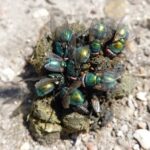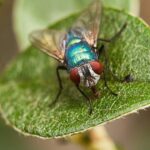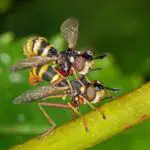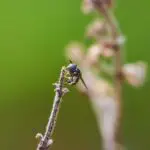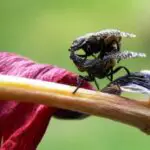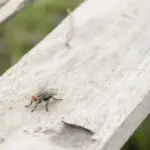Genetics of Fruit Flies and Human Diseases
A new study has shown that the genetics of fruit flies can be used to study human diseases. The fruit fly genome is very simple, consisting of just four pairs of chromosomes. Early geneticists used fruit flies to study DNA because of their ability to detect inversions.
The genetics of fruit flies have more similarities to humans than previously thought. For example, fruit flies have a similar epithelia to mammalian epithelia. In addition, most of the signaling pathways found in humans are also conserved in flies. This makes Drosophila an ideal model organism for studying cancer biology. The basic mechanisms of cancer development and signaling pathways are conserved in humans and flies.
UCSD scientists have identified hundreds of genes that are similar to genes found in humans. By comparing amino acid sequences from fruit flies and human disease genomes, they found that 548 fly genes are nearly identical to their human counterparts. This could be the first step in investigating more than one thousand known human genetic diseases.
Using gene editing technology, scientists can identify genes that cause certain diseases in humans. In addition, these experiments also allow scientists to perform experiments that would not be possible in humans. For example, by inserting a human gene that is implicated in a disease into a fruit fly’s genome, scientists can see if a drug will cause the same symptoms.


